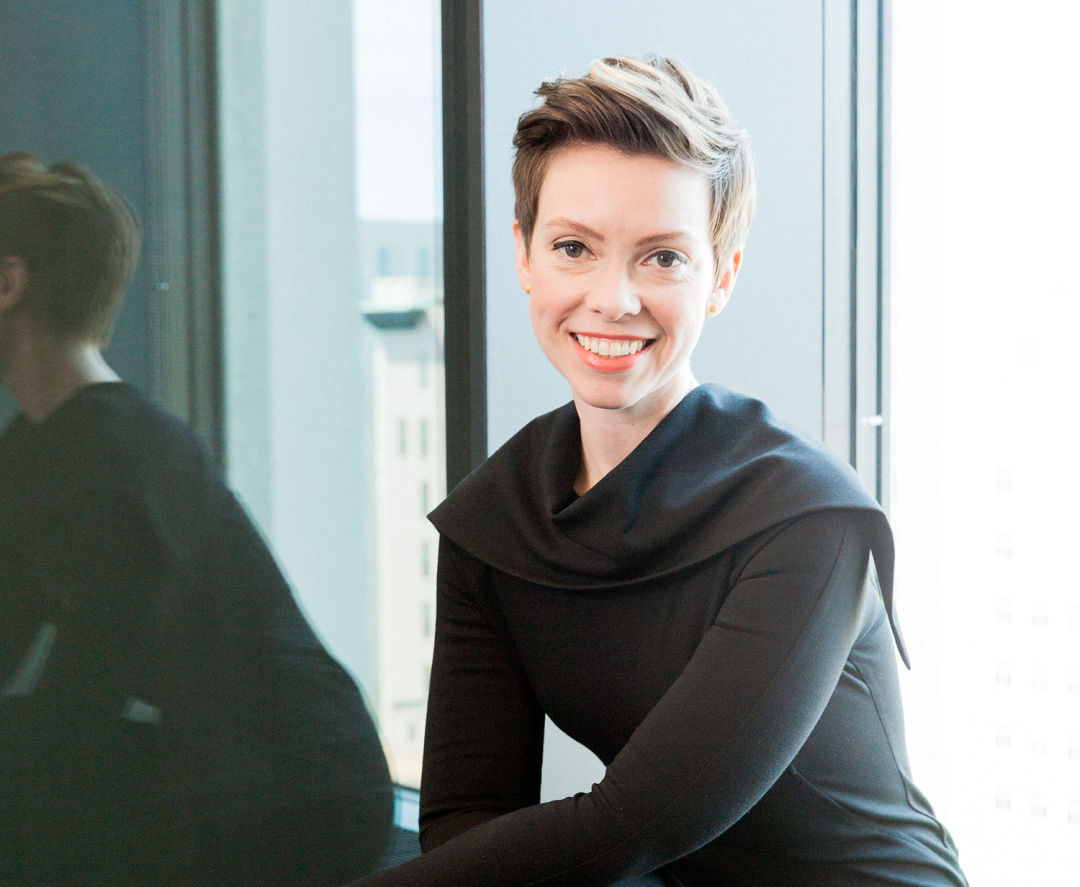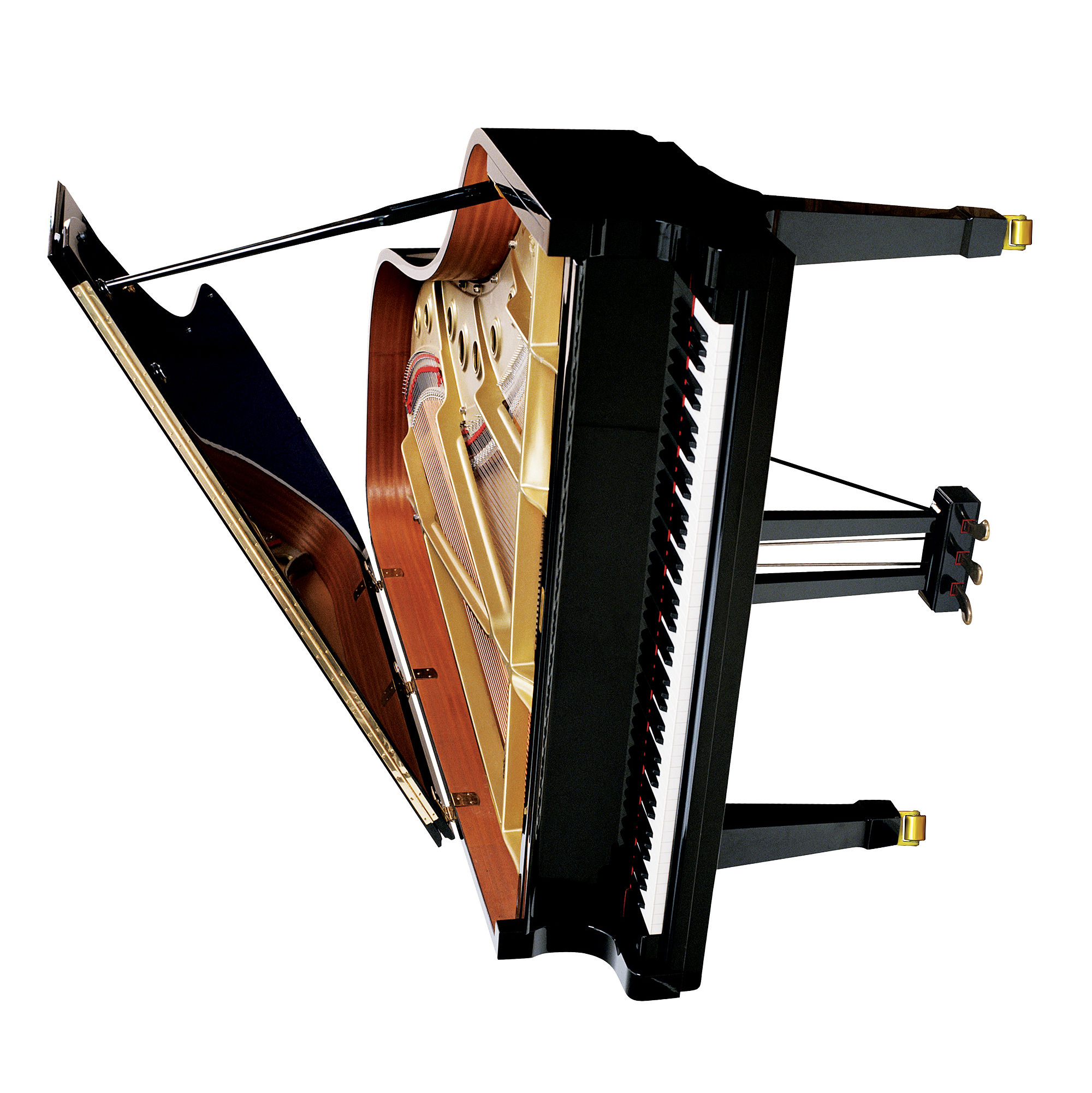Want to Figure Out Your Financial Life? Better Have a Vision.

Hussey started at a major brokerage firm. “There I discovered that 1973 is alive and well,” she says. “There were dozens of brokers, three of whom were women. I was coming from this queer art background and literally felt like an alien.”
Image: Courtesy Modernist Financial
Georgia Lee Hussey, 38, started Modernist Financial after studying creative writing and sculpture.
Two years into running your own financial planning business, what do you think everyone should do?
You need to have a vision: where you want to go, what you want to be, across all facets of your life—leisure, work, home, community, family, learning.
We talk a lot about money stories; that’s the second element. We inherit stories about what we can and cannot do with money, from parents and grandparents. We inherit stories based on who we are: the poor artist who’s creatively whole or the coke-addled sell-out with no integrity. “Artists don’t need money—they live on glamour!” Sorry, I don’t know a ballet dancer who can survive on glamour.
Then, build your cash flow plan. How do you spend your money? Align that spending with your vision and values. Willpower is a depreciating asset every day. Do you really want to use your willpower to control spending? We use a system that ultimately gives you a weekly spending allowance—you have permission to spend all of it. If coffee is important to you, dammit, get coffee. I personally have a tendency to buy things when I’m stressed. With this method, I can buy myself the fancy lipstick, but maybe not the $400 dress. I have permission to spend without stress, but I have a structure.
Then, invest in your own human capital—I think that’s where I run counter to my colleagues the most. I’m like, take the vacation. Take the sabbatical. Feel like you need to quit? Just do it. We’ll figure it out. Education, sabbaticals—these are our most precious assets.
You were a working artist before becoming a financial planner. How did that happen?
I grew up in Akron and Chattanooga, and went to Sarah Lawrence College. I was a welder, a caster, anything involving fire. If I had had the drive for that work that I have for this work—and if I hadn’t been 21—things might have turned out differently.
I had a friend who lived in a punk house near Reed, and I crashed on the couch for a while. I started a small gallery here, but bounced back and forth between Portland and New York for a while. I was operating under all these assumptions: I’m an artist, I’m supposed to live in New York, I’m supposed to have this hot academic wife…. But, eventually, I needed to come back to the place that held me with the most kindness, which was Portland.
I bought a house in Northeast just before the sub-prime mortgage crisis. I had a 550 credit score, no savings, and two mortgages with huge interest rates. And I quickly realized I knew jack about money. And none of my people knew anything about money. Like a good liberal arts student, I started studying.
How do you apply what you learned?
I was trying to fulfill a vision of serving creative folks: women, queers ... my people, basically. We have a manifesto that says we serve every gender and hue—quite radical, unfortunately, in the industry. And we have that document as a way to reflect and make sure we’re making the best decisions.
The financial planning industry doesn’t talk about emotion. To me, that’s the core of the work. If we’re not clear about who we are and who we want to be, we can’t build a new vision for ourselves.








